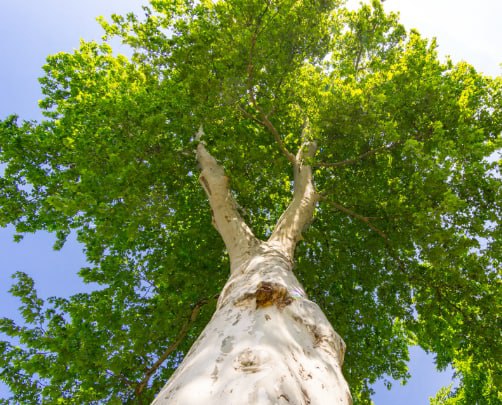
Introduction: As stewards of our natural environment, understanding the fundamentals of tree care is essential for any homeowner or property manager. Among the many techniques used to maintain tree health and manage growth, tree crown reduction is a crucial practice. If you’re new to the world of arboriculture, fear not. In this beginner’s guide by Tenterden Tree Surgeons, we’ll delve into the basics of tree crown reduction, demystifying the process and its importance for tree health and safety.
What is Tree Crown Reduction?
Tree crown reduction is a pruning technique designed to decrease the overall size and spread of a tree’s crown while maintaining its natural shape and structure. Unlike tree topping, which indiscriminately removes large crown sections, crown reduction involves selective pruning of specific branches to reduce the tree’s height and canopy density.
Why is Tree Crown Reduction Necessary?
There are several reasons why tree crown reduction may be necessary:
- Safety: Overgrown tree crowns can pose safety hazards, especially in urban environments where trees are near buildings, roads, and power lines. Crown reduction helps mitigate these risks by reducing the likelihood of branch failure and tree-related accidents.
- Health: Overcrowded or densely packed crowns can hinder air circulation and sunlight penetration, increasing moisture retention and fungal infections. Crown reduction improves canopy ventilation and light exposure, promoting tree health and vigour.
- Aesthetics: Pruning the crown can enhance the aesthetic appeal of a tree by restoring its natural shape and proportions. Well-maintained trees add beauty to the landscape and contribute to property value and curb appeal.
- Structural Integrity: By removing weak, diseased, or crossing branches, crown reduction helps improve the tree’s structural integrity and longevity. This proactive approach to tree care reduces the risk of branch failure and extends the tree’s lifespan.
How is Tree Crown Reduction Performed?
Tree crown reduction should always be carried out by trained and experienced arborists to ensure proper technique and minimise stress on the tree. Here’s an overview of the crown reduction process:
- Assessment: The arborist assesses the tree’s health, structure, and growth patterns to determine the extent of pruning required.
- Selective Pruning: Using specialised pruning tools, the arborist selectively removes branches to reduce the overall size and density of the crown. Care is taken to maintain the tree’s natural shape and balance.
- Strategic Cuts: Cuts are made at the branch collar, where the branch meets the trunk, to promote proper healing and minimise the risk of disease and decay.
- Post-Puning Care: After pruning, the arborist may apply pruning sealant to large wounds to protect against pathogens and promote faster healing. Proper aftercare, including watering and mulching, supports the tree’s recovery.
Conclusion: Tree crown reduction is a valuable tool in the arborist’s toolkit, offering numerous benefits for tree health, safety, and aesthetics. Homeowners and property managers can ensure the long-term health and vitality of their trees by understanding the basics of crown reduction and entrusting the job to qualified professionals.
Call us on: 01580 234692
Click here to find out more about Tenterden Tree Surgeons
Click here to complete our contact form and see how we can help with your tree’s needs